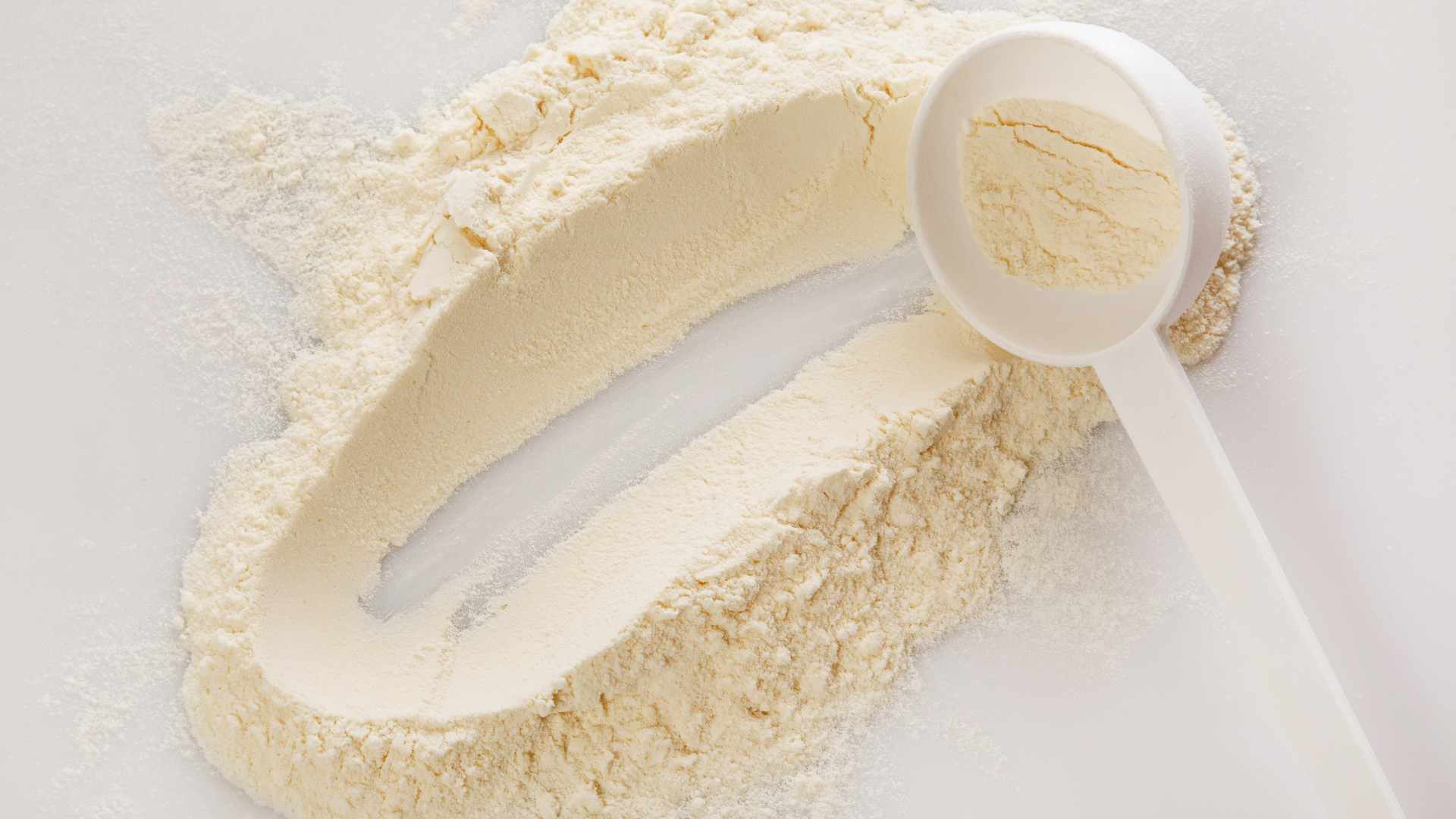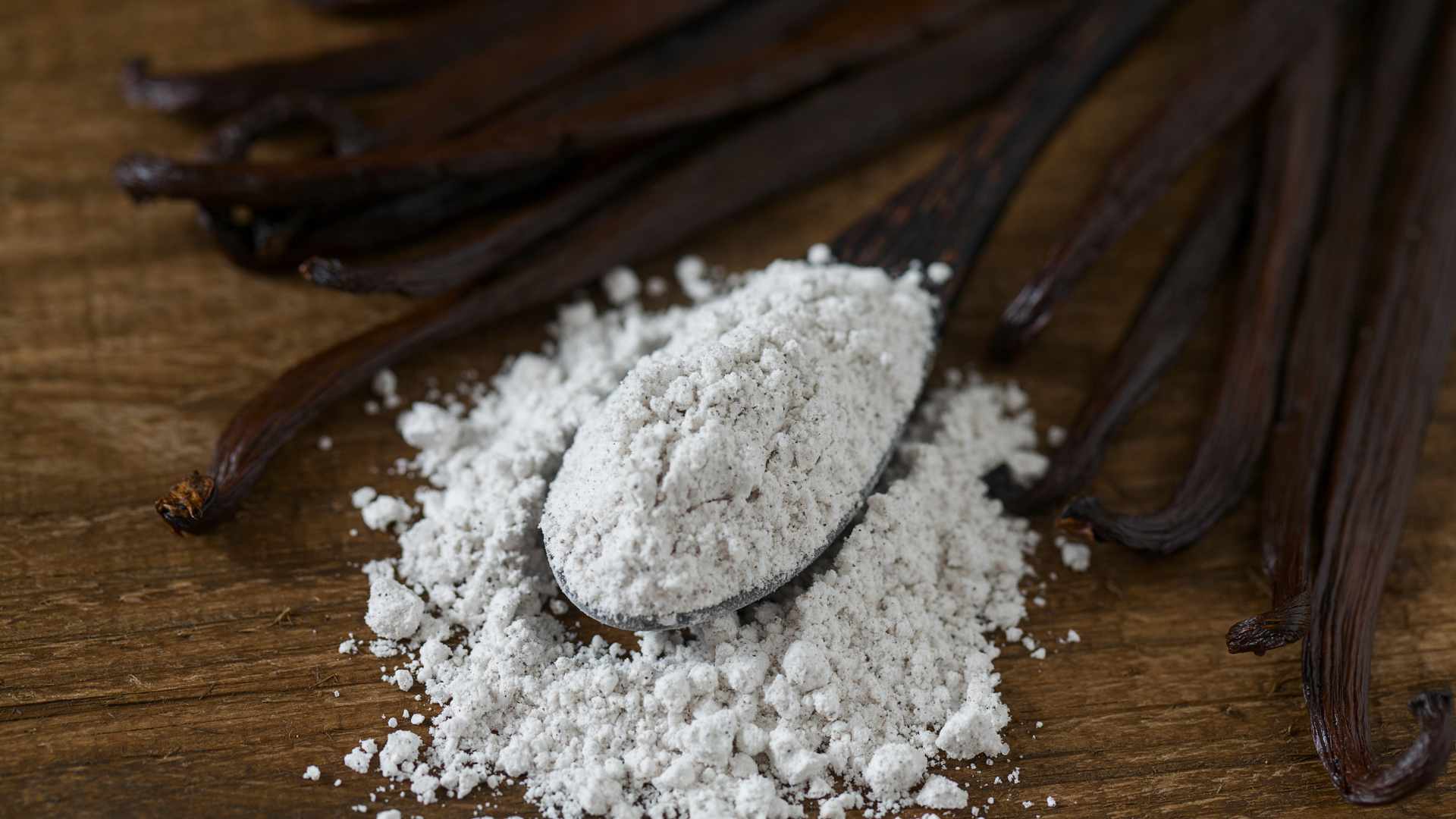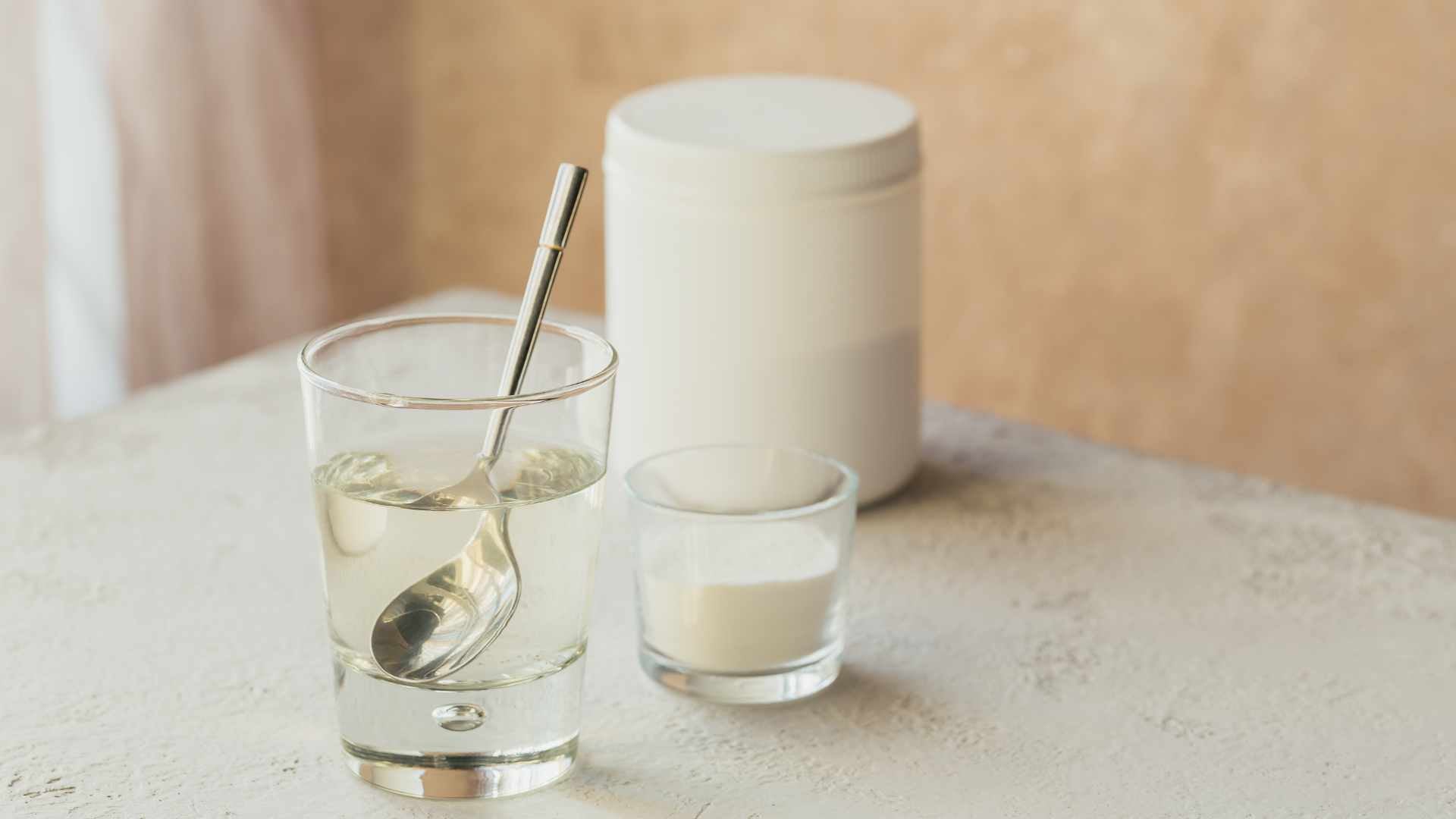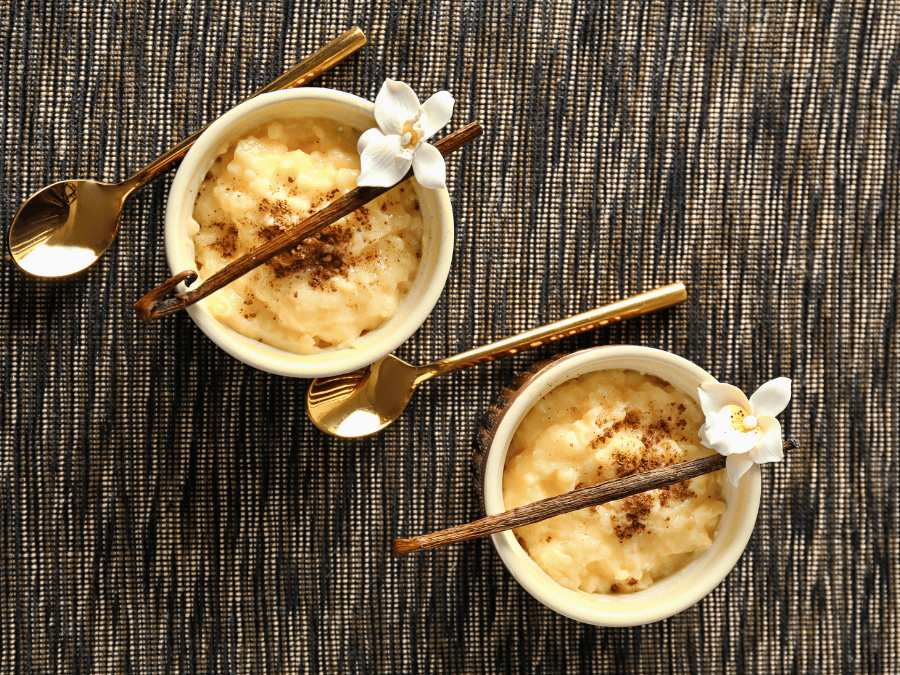Wild Content
-
Choosing between vanilla powder and extract is not just about flavor—it's about making intelligent, health-conscious decisions that save you time in the kitchen. This article is your straightforward guide to understanding the unique benefits and practical uses of both, tailored...
-
You've heard the rich, sweet notes of vanilla in your favorite ice cream and fragrances, but have you ever wondered where this exotic flavor originates? Contrary to popular belief, vanilla beans start their journey as an unassuming green pod. In...
-
Do you need help to keep your meals both exciting and protein-packed? Vanilla powder protein shakes are here to shake things up! They're the perfect blend of delicious flavor and nutritional goodness. In this post, we're excited to share five...
-
Baking with vanilla is a classic ingredient used in recipes for centuries. The most prevalent type of vanilla utilized is vanilla extract in baking. Still, vanilla powder is an excellent option to add a more intense, complex flavor profile to any...



